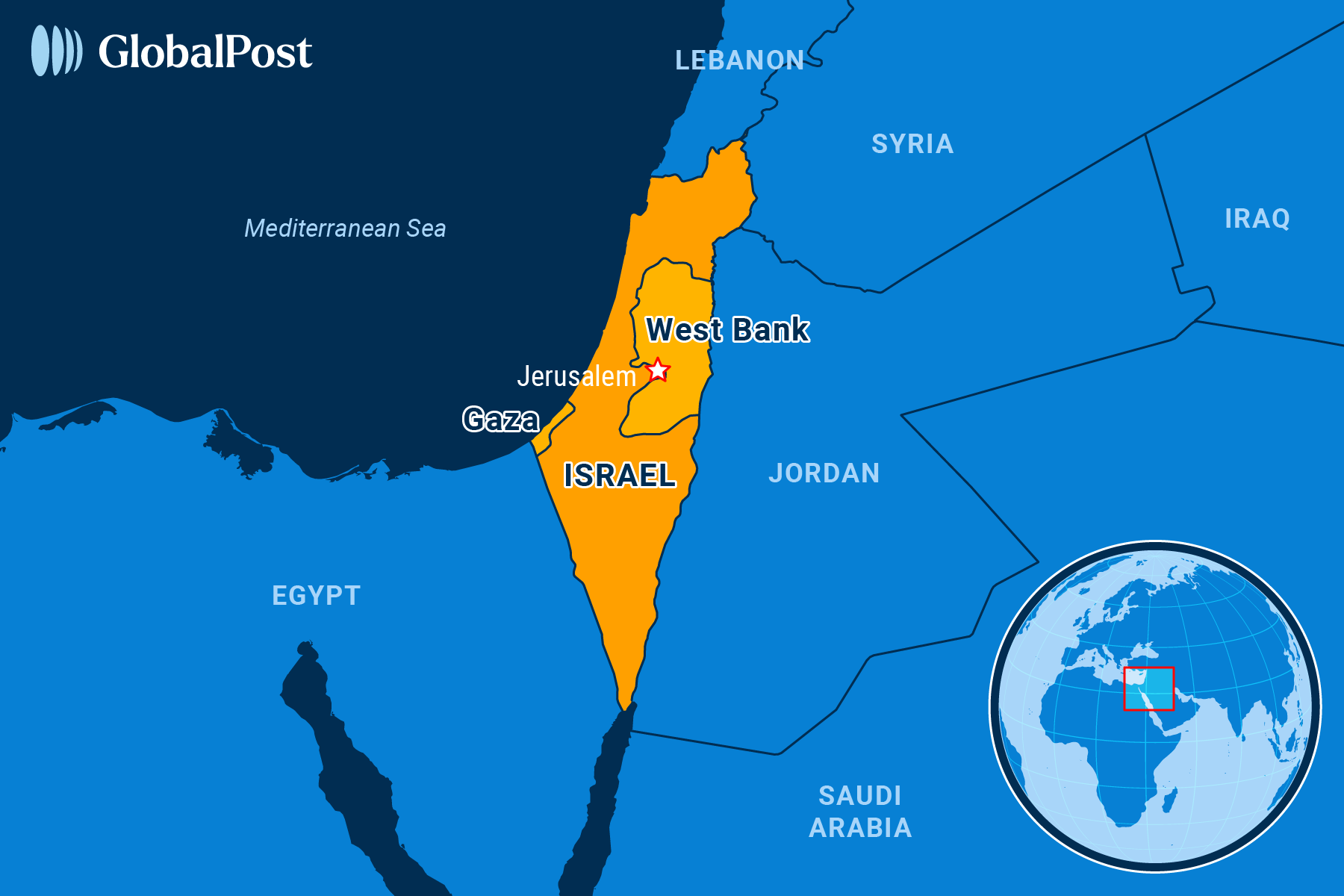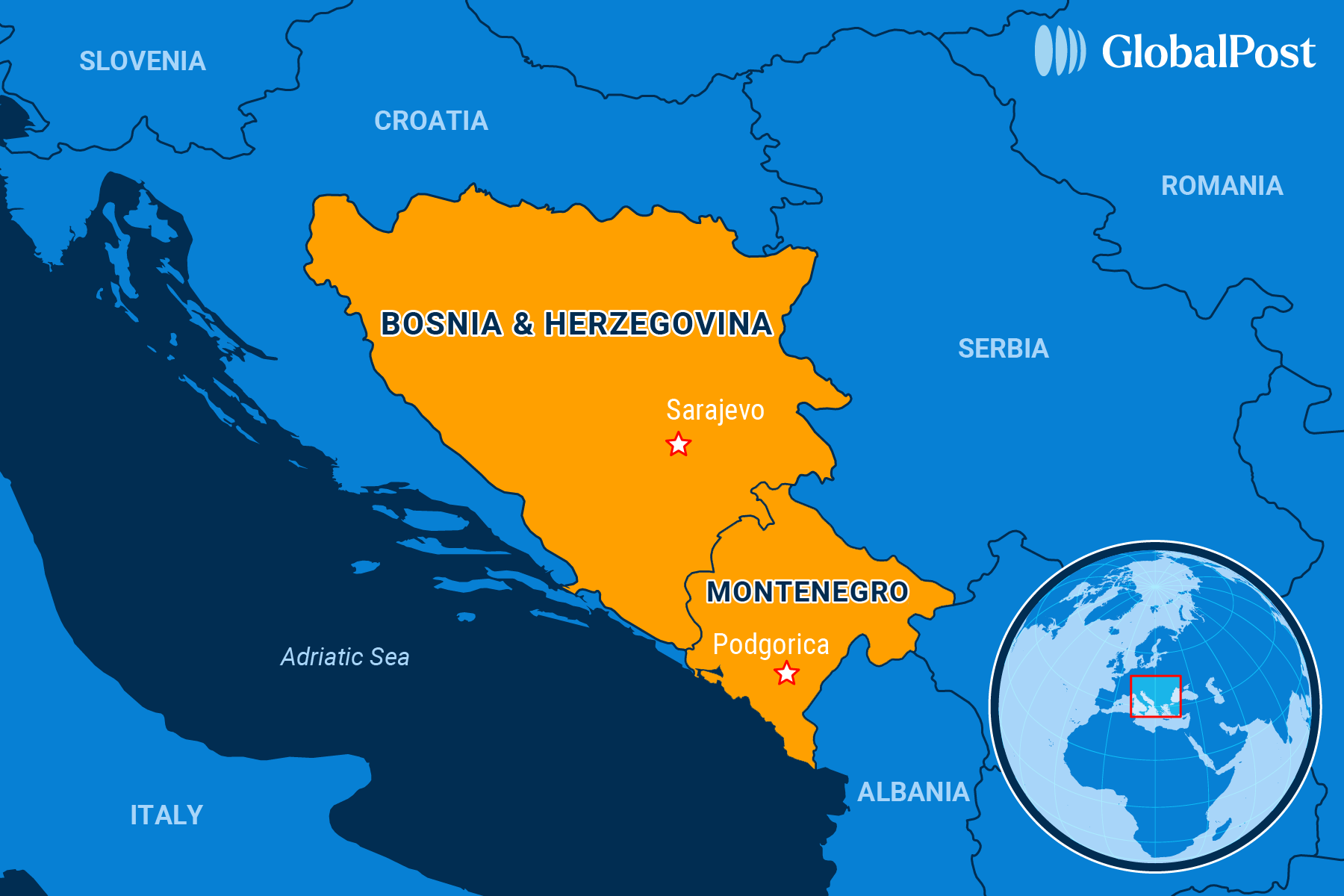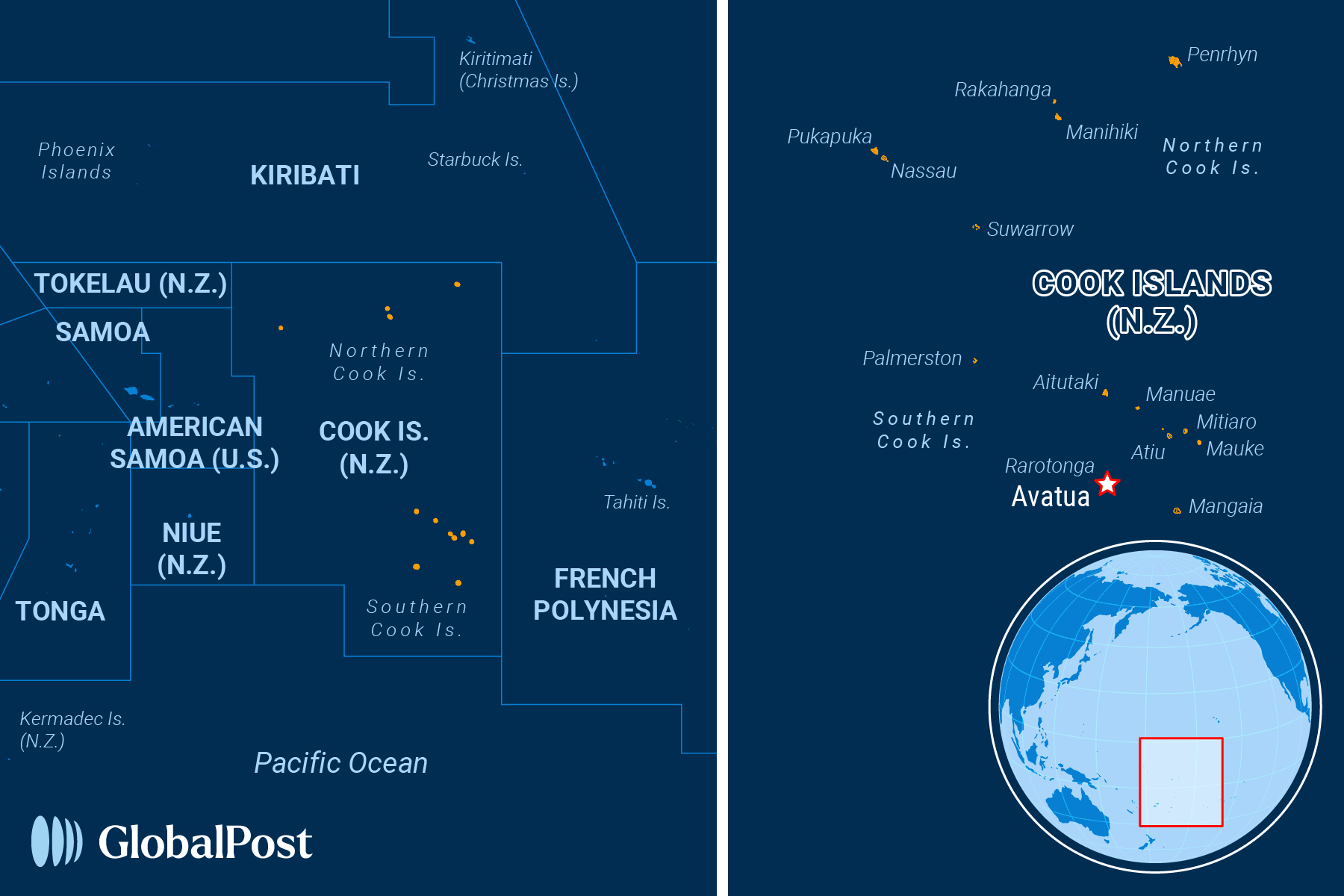The Declaration of Dependence
NEED TO KNOW
The Declaration of Dependence
ABKHAZIA/ GEORGIA

In November, opposition-led protesters in Abkhazia stormed and occupied parliament, the president’s office, and other key public buildings in the capital of Sukhumi until the leader of the breakaway republic resigned.
Aslan Bzhania was the third leader toppled in the pro-Russian, self-proclaimed statelet since its independence from the Caucasus-placed country Georgia in 2008, all of them due to Russia exerting pressure on its leadership for concessions.
As the Abkhazians are learning, wrote CEPA, “It’s not all laughs as a Russian colony.”
Now, as Abkhazians head to the polls to replace Bzhania, analysts say that voters are actually deciding on the future direction of their homeland, the choice being whether to continue with their aspirations of independence – or continue to cede control to their patron, Russia.
Almost no one believes there is a real choice.
Most of Abkhazia broke away from Georgia after a war in 1993. Fifteen years later, Georgia lost control of the rest of the region after a five-day war with Russia. Now, the self-proclaimed country (along with the breakaway region of South Ossetia) is only recognized by Russia and four other countries. It is also completely dependent on its powerful patron for funding its government, energy, and security – indeed, Russia hosts military bases in both breakaway republics.
Because of its lack of recognition internationally, this small, strategically located de facto state of 245,000 people didn’t manage to develop strong institutions for governance and wasn’t able to attract investment from beyond Russia.
“Gradually, Abkhazia has become a sort of closed island where kinship and informal structures have been more important than official institutions such as the police and the courts,” wrote the journal IPS. “With each passing year, the region has become more and more dependent on Moscow, and there seems to be no end in sight.”
Still, this dependence isn’t universally popular among Abkhazians, a sentiment that has become increasingly visible as opposition to various pro-Russia measures grows.
What fueled the protests last year was legislation opposed by many Abkhazians that would have allowed Russians to buy property in the state where tourism is its main economic activity and allowed them to do business there. Abkhazia’s subtropical climate, mountains, and Black Sea beaches have attracted Russian tourists, many of whom would like to purchase holiday homes or build hotels.
However, decades-old laws in Abkhazia grant property ownership and entrepreneurship rights exclusively to Abkhazians.
Opponents say the arrival of wealthy Russians and Russian businesses will cost them their income from tourism, price them out of the housing market, and strengthen Russia’s hold on the statelet.
The law was shelved in the summer due to opposition but reintroduced due to Russian pressure – until it was paused again after the protests.
Since those demonstrations, there have been calls to change the system and lessen dependence on Russia. Analysts say such calls are nothing new and aren’t likely to go anywhere. The country is too dependent, for example, after the bill to allow Russians property rights was initially shelved, Russia suspended payments to the statelet, which led to issues paying public servants. Russia soon after announced it would eliminate its subsidies for energy to the statelet, which experiences an energy crisis almost every winter.
Now, some worry that a part of the population will favor annexation by Russia as a way to improve their living conditions. Others worry that Russia may force such a union if Abkhazia keeps resisting its pressure. Alternatively, there is concern that Russia may return the de facto state to Georgia, now that a pro-Russian regime is in power there.
The elections won’t do much to change the situation – but they may send a clear signal to Moscow about how the de facto state views its future, say analysts.
Currently, the frontrunners for the state’s top job are interim President Badra Gunba of the governing party, who is backed by Russia, and Adgur Ardzinba, the head of the People’s Movement for Renewal, who is pro-independence and backed by the opposition and many young Abkhazians.
Analysts believe that Gunba will win and the entire cycle of quid-pro-quo will begin again.
“The Russians are paying them – they want something back,” analyst Olesya Vartanyan told CNN. “Every single Abkhaz leader … became sort of a hostage to Moscow.”

THE WORLD, BRIEFLY
Lethal Impasse
ISRAEL/ WEST BANK & GAZA STRIP

Hamas warned Tuesday that Israel must uphold the terms of the ceasefire agreement if it wants the release of more hostages, pushing back against US President Donald Trump’s call to cancel the truce if all captives were not freed by Saturday, the Voice of America reported.
On Monday, the armed group announced it was suspending the release of the remaining hostages that it took during the Oct. 7, 2023 attack on Israel until further notice, citing Israel’s violation of a fragile ceasefire deal reached last month that ended 15 months of war in the Gaza Strip.
Hamas accused Israel of delaying aid deliveries and restricting the return of displaced Palestinians to northern Gaza. Israeli officials denied the claims, countering that they have exceeded their commitments for humanitarian aid deliveries.
Following Hamas’ announcement, Trump warned that “all bets are off and let hell break out” if the remaining hostages are not released by Saturday.
On Tuesday, senior Hamas official Sami Abu Zuhri dismissed the statement, warning that “the language of threats has no value and only complicates matters.”
Amid the growing uncertainty, Israeli Defense Minister Israel Katz placed the military on high alert and ordered additional troops to Israel’s border with Gaza, saying the deployments were necessary to “enhance readiness for various scenarios in the region,” wrote the Wall Street Journal.
Since Israel and Hamas agreed to a US-brokered ceasefire last month, the Iran-backed group has to date released 21 hostages in exchange for about 730 Palestinian prisoners. The next scheduled exchange – set for Saturday – is expected to release three more Israelis in return for hundreds of Palestinian detainees.
The delay has sparked concerns in Israel, where protesters blocked a major highway between Tel Aviv and Jerusalem on Tuesday, holding signs that read, “Abandonment of hostages is a war crime.” The latest hostages released over the weekend were visibly frail, heightening fears for the safety of those still held in Gaza.
The Oct. 7 attack by Hamas and its allies resulted in the deaths of around 1,200 people and the kidnapping of more than 250 others in southern Israel.
Meanwhile, ceasefire talks in Doha, Qatar, have stalled, with mediators saying discussions are now focused on preventing a collapse rather than advancing to the second phase of negotiations.
The ceasefire agreement is structured in three phases. The first stage will see Hamas release 33 Israeli hostages in exchange for a pause in fighting and the release of hundreds of Palestinian prisoners. The second and third phases – still in draft form – outline a permanent cessation of hostilities, the release of remaining hostages, full Israeli withdrawal, and Gaza’s reconstruction over three to five years.
Analysts said Trump’s involvement has added complications to the negotiations after he recently proposed relocating Gaza’s 2.3 million residents to unspecified locations outside the territory and redeveloping the area under US control.
Arab nations have overwhelmingly rejected the idea, with Egyptian Foreign Minister Badr Abdelatty cautioning US Secretary of State Marco Rubio that Arab states would not allow the forced displacement of Palestinians.
Jordan’s King Abdullah, who met with Trump on Tuesday, has also opposed any move to annex Palestinian land or relocate its people, warning that such actions could destabilize the region. At the meeting Trump contradicted his earlier position of buying Gaza, saying there was nothing left as it was a a warzone.

A Viral Discontent
BOSNIA & HERZEGOVINA, MONTENEGRO

Students in Bosnia and Montenegro took to the streets this week to protest against government negligence and corruption, demanding accountability for recent tragedies that have claimed dozens of lives, the Associated Press reported.
Monday’s demonstrations – which mirror ongoing student-led protests in Serbia – highlighted growing frustration in the two Balkan countries over government mismanagement and the lack of transparency, with calls for political change gaining momentum across the region.
In the Bosnian capital Sarajevo, hundreds of students demonstrated the government’s failure to take responsibility for the deaths of 29 people in October, when heavy rains triggered a landslide from an illegally built quarry in the southern village of Donja Jablanica.
Authorities have yet to launch a probe into the disaster and have been slow at distributing much of the foreign aid pledged for reconstruction. Demonstrators carried banners reading “Crime without punishment” and chanted “We won’t stop!” demanding criminal charges against those responsible, Reuters added.
Meanwhile, students in neighboring Montenegro are calling for the removal of top security officials after two mass shootings in the past three years left 23 people dead, including children.
A New Year’s Day shooting this year claimed 13 lives, prompting public outrage over the government’s failure to act after a similar shooting in 2022 killed 10 people.
Protesters have staged daily silent blockades lasting 23 minutes – one minute for each victim – echoing the 15-minute silences held in Serbia to commemorate the victims of the Novi Sad railway station collapse on Nov. 1.
The student-led protests have been inspired by Serbia’s ongoing demonstrations, where anger at government corruption in infrastructure projects has fueled demands for change.
All three countries are former Yugoslavian republics that are seeking to join the European Union. However, they have been slow in passing the required reforms to join the bloc.

Nothing to Declare
COOK ISLANDS

New Zealand expressed renewed concern this week about Cook Islands Prime Minister Mark Brown’s trip to China to sign agreements concerning national development without consulting with Wellington, Reuters reported.
On Monday, New Zealand Prime Minister Christopher Luxon said that under their “constitutional arrangements” with the Cook Islands, New Zealand expects transparency and consultation when it comes to matters of defense and security, which is lacking in this transaction, the BBC reported.
The Cook Islands and China’s partnership in national development includes discussions about infrastructure, trade, and the economy.
Deep-sea mining is also expected to be part of the agreement. The practice, in which China is a major player, could generate huge economic revenue for the Islands. However, critics note that it could also exacerbate climate change, and for a region already plagued by it.
The Cook Islands is a self-governing nation in the Pacific in “free association” with New Zealand, which is responsible for the country’s foreign affairs and defense.
Brown had previously pledged to provide a Cook Islands passport and citizenship for Cook Islanders while maintaining the benefits of the free association but later backed off from the proposal. Wellington, however, said the proposal is not feasible unless the Cook Islands asks for complete independence, losing the benefits of their New Zealand citizenship, including the right to live, work, and access healthcare in the country.
China’s rising influence in the Pacific has New Zealand worried about the potential threats to the country’s national security, especially after the agreement signed between China and the Solomon Islands in 2022 which raised concerns for a permanent Chinese military presence in the region. Other Pacific nations, including Vanuatu and Papua New Guinea, have close relations with China.
While China has yet to confirm Brown’s visit, the country’s foreign ministry already labeled the Cook Islands – and New Zealand – as an important partner in the Pacific region.
Brown rejected accusations that his engagement with China is secretive and said that every partnership he signs will be “in the best interest of the Cook Islands.”
However, some Cook Islanders are doubtful. The leader of the opposition Democratic Party, Tina Browne, said that people were already concerned about the lack of consultation concerning the proposed independent passport, and now the agreement with China.

DISCOVERIES
Tracing Trouble
The Irish Potato Famine almost two centuries ago might be history, but the late blight that caused it isn’t.
Scientists now say they may have traced the origin of the pathogen and gotten one step closer to stopping it.
A new PLOS ONE study suggests that the potato blight – a microorganism known as Phytophthora infestans – likely originated in the Andes Mountains in South America and later spread to North America and Europe.
P. infestans is a type of single-celled eukaryote – also known as oomycete or water mold – that destroys the leaves and edible parts of nightshade plants, like potatoes and tomatoes. In the 1840s in Ireland, the late blight attacked crops and led to the starvation of more than one million people in what is known as the Great Hunger.
Resistance develops in the same place where the host and pathogen evolved together, so tracing the origin of the potato blight is important to discover ways in which native plants can resist the infection. However, this task is becoming more challenging due to global trade, which is mixing different pathogen populations.
To conduct the study, researchers analyzed the genome sequence of the P. infestans and compared it with close relative pathogens only found in South America.
“By sequencing these genomes and accounting for evolutionary relationships and migration patterns, we show that the whole Andean region is a hot spot for speciation,” explained study corresponding author Jean Ristaino, defining speciation as the process in which a species splits into two or more distinct species.
Scientists have been previously split among those who believed the pathogen originated in Mexico and those who believed it came from South America, but this new study shows clear differences between Mexican and Andean late blight.
While there is gene flow from the Andes to Mexico and vice versa, the Mexican pathogens are the most recent, which supports historical accounts that, at the time of the Great Hunger, the potato blight originated in the Andean region.
These findings encourage the study of wild Andean potato species to learn more about resistance to the pathogen, not excluding methods like breeding and gene-editing, which have previously been effective.
However, Ristaino explains that as climate change increases drought in the higher Andean regions, there is a growing risk of losing some potato species before being able to determine if they can resist the late blight.
